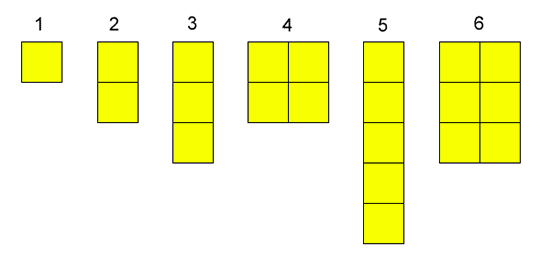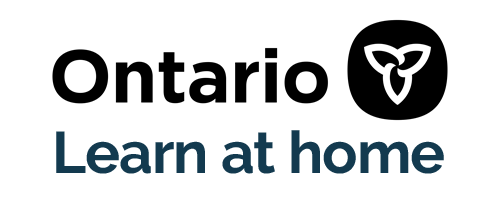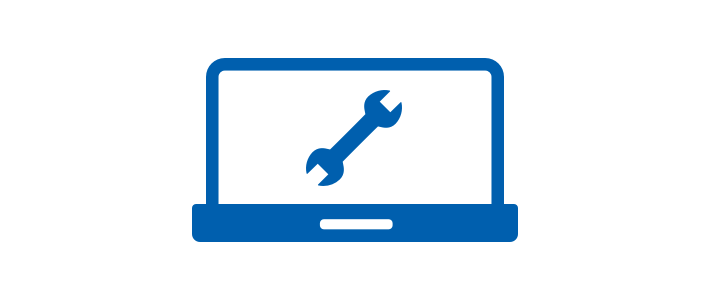Investigations
Materials:
- squared paper, (if you don’t have squared paper you can make your own by drawing lines vertically and horizontally that are 1 or 2 cm apart)
- crayon or pencil
Here are the numbers 1 to 6 represented with coloured squares:

We can call these numbers squares, rectangles or sticks (sticks are a column or row of single squares).
1 is a square but just a single one.
We can’t make 2 into a square so 2 is a stick.
We can’t make 3 into a square or a rectangle so 3 can only be a stick.
We can make 4 into a square.
We can’t make 5 into a square or a rectangle, so 5 can only be a stick.
We can’t make 6 into a square, but we can make 6 into a rectangle.
If you used 7 squares, what could you make them into? A square, a rectangle or a stick? How about 8 squares?
Try this with the numbers up to and including 20.
Which ones can only be sticks?
Which ones can make rectangles?
Which ones are squares?
What do you notice?
Adapted from nrichmaths.org
Categories: Elementary

